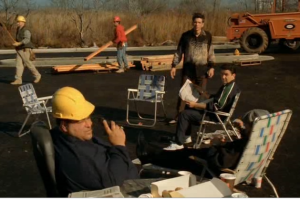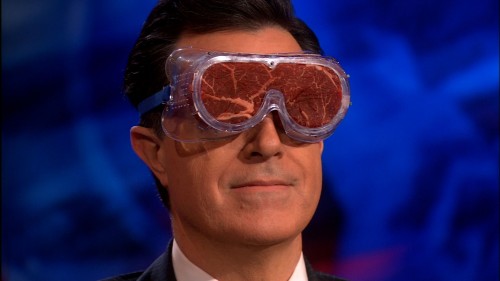Probably sit down jobs.
Food safety is serious business, which is why New Jersey, like other states, regulates retail food handling and mandates annual inspections of restaurants, cafeterias and stores that serve meals or sale prepackaged foods.
 But in this Union County city, the status of restaurant inspections might be hard for some diners to stomach. City officials say they are taking action.
But in this Union County city, the status of restaurant inspections might be hard for some diners to stomach. City officials say they are taking action.
For the past several years, just a fraction of the city’s eateries have been visited annually by an inspector. In many cases, restaurants and grocery stores have gone years without being inspected, a Courier News and Home News Tribune investigation found. The ignored businesses include restaurants that handle so-called “potentially hazardous foods,” such as fish and poultry, which can harbor toxic microorganisms if not stored or prepared properly.
The list of ignored sites includes school cafeterias, soup kitchens and a nursing home.
In one case, the newspapers found a fried chicken restaurant — Crown Fried Chicken on West Front Street — that was last inspected in 2009.
The newspapers also found that many records for 2012 were missing or did not exist without explanation.
Sometimes there was no record of a required follow-up visit of a restaurant that failed to pass an initial inspection because of gross or potentially unsafe conditions. For example, an inspection in 2012 of Royal Fried Chicken reported that the bathrooms “had poor general cleanliness” and what the inspector believed looked like pigeon feces on the kitchen floor (an employee explained to the inspector that it was dried chicken seasoning).
A 2011 inspection of the Twin City Supermarket found that a walk-in fridge was rusty and moldy and raw and bloody meats were stored on a shelf above a shelf of vegetables. A cook was seen using his bare hands to mix a bowl of beans and cheese. A fly trap was located above fruit platters. And human feces was smeared all over a toilet and floor of the men’s restroom, which the inspector said was immediately cleaned.
The lack of inspections was one reason the city in May hired a fulltime health officer for the first time in years. The hiring was a rare example of accord between Mayor Adrian Mapp’s administration and the City Council, which often are at odds.

 an A, from a liberal sprinkling in Chinatown to a true sanito-palooza of nine blue A placards in the food court at Grand Central Terminal.
an A, from a liberal sprinkling in Chinatown to a true sanito-palooza of nine blue A placards in the food court at Grand Central Terminal. as a C.
as a C.
 Mongols and Turks who, under the leadership of Genghis Khan, conquered much of Asia and eastern Europe in the early 13th century. I can’t vouch for the safety of what they ate.
Mongols and Turks who, under the leadership of Genghis Khan, conquered much of Asia and eastern Europe in the early 13th century. I can’t vouch for the safety of what they ate. Choose your poisons.
Choose your poisons.